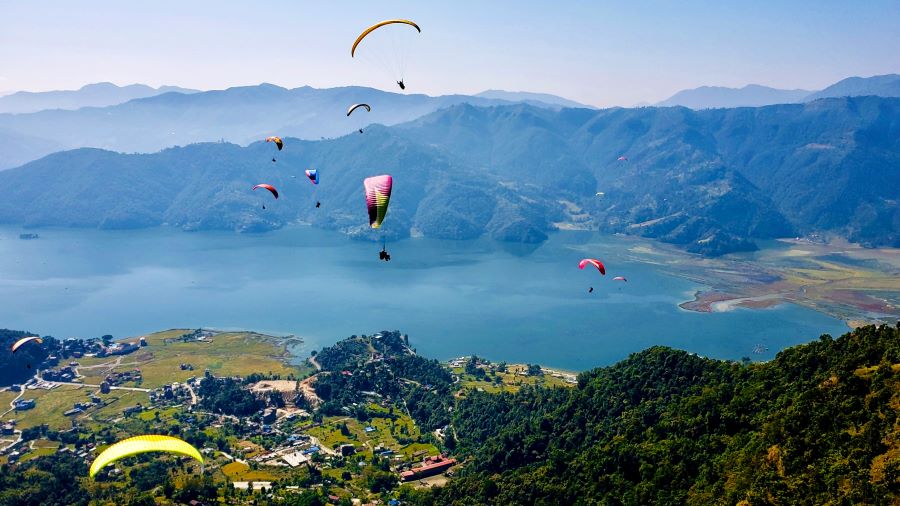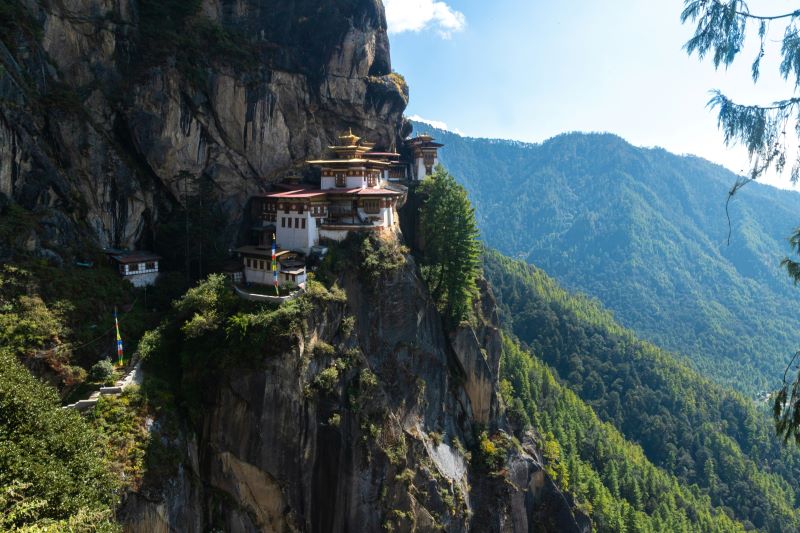Indian citizens do not require a visa to enter Bhutan for tourism purposes. However, they need to obtain an Entry Permit issued by the Department of Immigration in Bhutan.
Bhutan Entry Permit when travelling by Air
You can apply for an entry permit electronically through the Bhutan Immigration System (BIS) at least 48 hours before your flight. Upon arrival at Paro International Airport, present the printed confirmation email from the BIS and the documents mentioned above to receive the actual entry permit.
Bhutan Entry Permit when travelling by Road
Indian citizens entering Bhutan by road must carry the above necessary documents to obtain an ‘Entry Permit’ at the Immigration Office in Phuntsholing. This permit is valid for 7 days, and you need to show it at every checkpoint for verification.
If you plan to stay longer, you must apply for an extension at the Department of Immigration in Thimphu before the expiry of the initial permit.
Bhutan Entry Permit when travelling on your own Vehicle (Car and Bike)
If you're planning a road trip to Bhutan with your own car, get an ‘Extension Permit’ with your ‘Entry Permit’ from the Road Safety and Transportation Authority (RSTA). Indian cars can enter the designated zone, which is till Rinchending Check Post, without any charges.
However, if you go past Rinchending Check Post, you will have to pay Nu 4,500 daily for Green Tax. Also, register on the Check Post Management System (CPMS) to cross RBP checkpoints. Below are the required documents:
- Driving license
- An original vehicle registration certificate
- Vehicle emission and roadworthiness certificate
- Vehicle insurance
- The owner of the vehicle must be the same person. An authority letter from the owner to the driver is required in case the driver and owner are different
Bhutan Special Permit Areas
With the ‘Entry Permit’, you can only visit Thimpu and Paro. To visit other places in the country, Indian citizens are given a special Bhutan permit. You can apply for your “Special Area Permit” at the RGoB Immigration Office in Thimpu. The documents required to apply for the ‘Special Area Permit’ are as follows:
- A photocopy of the Route Permit, which is included in your Entry Permit.
- Duly filled application form.
No Permit Area
Most of Bhutan, including popular tourist destinations like Paro, Thimphu, Punakha, and the Paro Valley, do not require any special permits for entry.
Sustainable Development Fee for Indian Tourists
Bhutan charges a Sustainable Development fee from its tourists, with an objective to reduce the carbon footprint generated by the large number of travellers. Indian tourists must pay a Sustainable Development Fee (SDF) of INR 1,200/- per person per night.
Children under 5 are exempt, and those aged 6-12 get a 50% discount on SDF. People visiting places like Samtse, Phuentsholing, Gelephu, and Samdrup Jongkhar for 24 hours don't need to pay SDF.













 Tools & Calculators
Tools & Calculators










